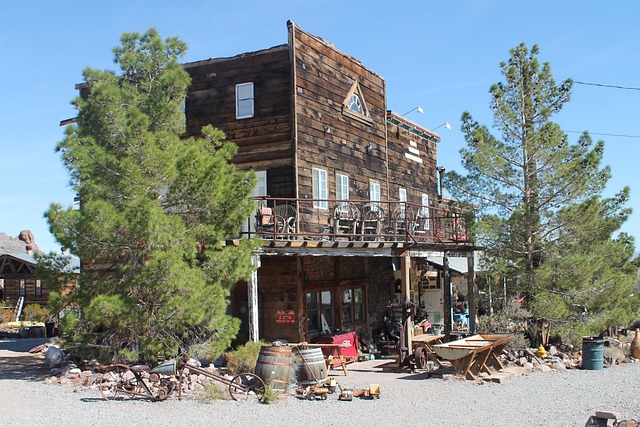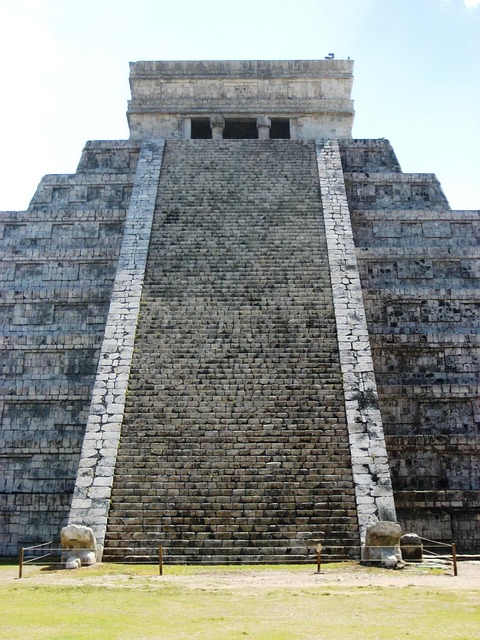Urban planning increasingly prioritizes family-oriented parks and recreation centers as demand for inclusive community spaces grows, driven by a desire for enhanced quality of life, physical activity promotion, and social connections. These developments transform neighborhoods into vibrant hubs with diverse activities for all ages, significantly influencing local real estate markets by increasing property values and attracting buyers seeking higher quality of life. Future community gathering spots must consider location, accessibility, ample green spaces, diverse amenities, and sustainable practices to ensure widespread engagement and long-term vibrancy.
Family parks and recreation programs are evolving, offering more inclusive and engaging experiences for all ages. The rise of family-oriented spaces is reshaping local communities, becoming integral parts of urban landscapes. This trend significantly influences real estate markets, with families seeking proximity to these amenities. From play areas to community events, these gathering spots foster connections and enhance neighborhood value. As cities plan and design future parks, understanding the impact on both residents and property values will be key to creating vibrant, desirable communities.
The Rise of Family-Oriented Parks and Recreation Centers

In recent years, there’s been a noticeable shift in urban planning and development with a growing emphasis on family-oriented parks and recreation centers. This trend reflects a broader societal push for more inclusive and community-focused spaces that cater to all ages. Real estate experts and urban designers attribute this change to the recognition of the significant role parks play in enhancing quality of life, promoting physical activity, and fostering social connections within neighborhoods.
The expansion of family parks and recreation programs is not just about adding green spaces; it’s about creating vibrant hubs that offer diverse activities for all family members. From playgrounds and sports fields to community gardens and outdoor fitness zones, these facilities are transforming the way families interact with their surroundings. As urban areas continue to grow, the development of such family-centric amenities becomes increasingly crucial in ensuring sustainable and fulfilling lives for residents of all ages.
How These Spaces Impact Local Real Estate Markets

Family parks and recreation programs play a significant role in shaping local real estate markets. These green spaces, often featuring playgrounds, walking trails, and community events, enhance the desirability of nearby neighborhoods. Homebuyers, especially those with children, prioritize access to such amenities as they contribute to a higher quality of life, fostering strong communities and increasing property values.
The presence of family-friendly parks can lead to a ripple effect in the real estate sector. Properties within a short distance from these recreational areas tend to attract more interest, leading to faster sales and potentially higher prices. This upward trend is driven by the growing demand for family-centric environments, where residents can connect with nature and build strong neighborhood bonds.
Planning and Designing Future Community Gathering Spots

In planning and designing future community gathering spots, such as family parks and recreation programs, real estate considerations are paramount. Location plays a crucial role; areas with ample space and easy accessibility often top the list. Incorporating green spaces not only enhances aesthetics but also encourages outdoor activities that foster community bonding. The design should cater to diverse age groups, ensuring there’s something for everyone from playgrounds for kids to fitness trails for adults.
Community input is invaluable during this process. Surveys and public meetings can gather insights on desired amenities, such as picnic areas, sports courts, or community gardens. These insights ensure the resulting spaces meet the needs and preferences of residents, creating a sense of ownership and encouraging regular use. Furthermore, sustainable practices should be integrated into both the design and operation of these parks to benefit both the environment and the long-term vibrancy of the community.






